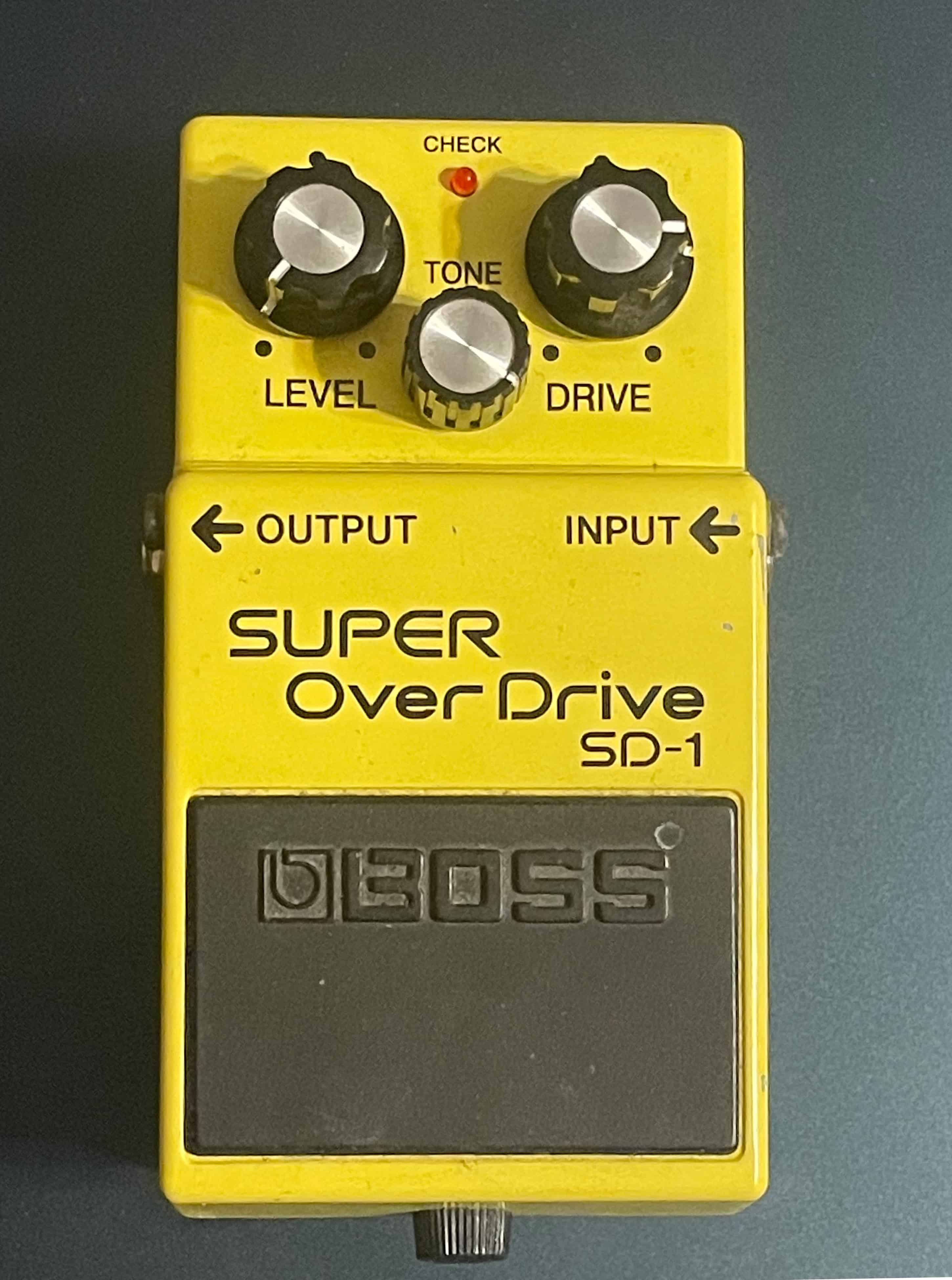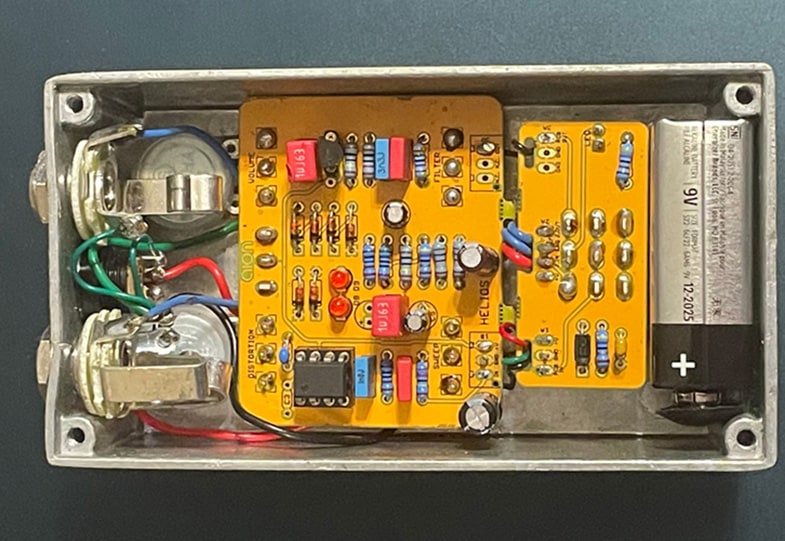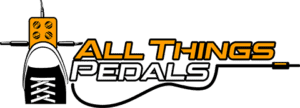
One might ask with the modern western world convention of everything going left to right, why would the input on a guitar pedal be placed on the right side? The following post goes into the main reasons this is the case.
Guitar pedals have the input placed on the right side so the cable lead doesn’t cross in-front of the player. This allows most guitar players to have unimpeded access to all their pedals on the board without the risk of having their feet, or legs being caught in the guitar cable.
But why is this effective for most guitar players? Let’s look at the data behind this, as well as why the builder’s view may also affect the inputs placement.
Why on the Right?
Roughly 90% of individuals are right handed. With this the majority of guitar players use a right handed guitar. On this guitar the output is located on the right. With the cable lead coming from the guitar, if the input to a guitar pedal was placed on the left hand side, the cable would cross in-front of the player getting in the way when trying to access their pedals. Having the output on the right relives this issue, placing the cable out of the way from the player and providing unimpeded access to all of their pedals.

Building in Reverse
A typical guitar pedal is built from the back, this also brings reasoning to the placement of the pedal input. The view of the pedal builder is in reverse of how the player sees the pedal, since the pedal is upside down. In both the schematic for most pedals, and the layout of the pedal within it’s enclosure the input is in fact placed on the left side of the pedal. The wiring and placement of the components in the eyes of the builder are following the common flow of left to right. It just so happens that after the pedal is built, all of this layout is reversed as the pedal is flipped over.
What About Lefties?
Having the input of the pedal on the right does benefit the majority of players, but not all. How then can a left-handed guitar player keep the cable lead out of the way? There are two popular ways to achieve this. The first method is to flip your first pedal, typically one that would always be on such as a boost or tuner. A longer patch cable between the first and second pedal would be needed, but this would take the cable from your guitar to the pedal to the left allowing the cable to naturally be out of the way. The second option would be to utilize a pedal switcher. This would keep the actually pedals in the right to left configuration, while providing a centralized location for all switching. The typical switcher has the input and output on the top rather than the side, so a lead cable could be wrapped around to the back, this would also reduce the side to side movement needed to turn your pedals on and off.
The Overview
Even though the input being placed on the right side moves away from the western worlds common practice of having things go left to right. In this case it provides convince to most guitar players. Since the majority of players are right-handed, it allows the cable lead to be out of the way when switching pedals. This methodology also allows guitar pedal builders to work with the common left to right philosophy when wiring everything together, which consequently has the pedal have everything appear right to left when flipped over.
